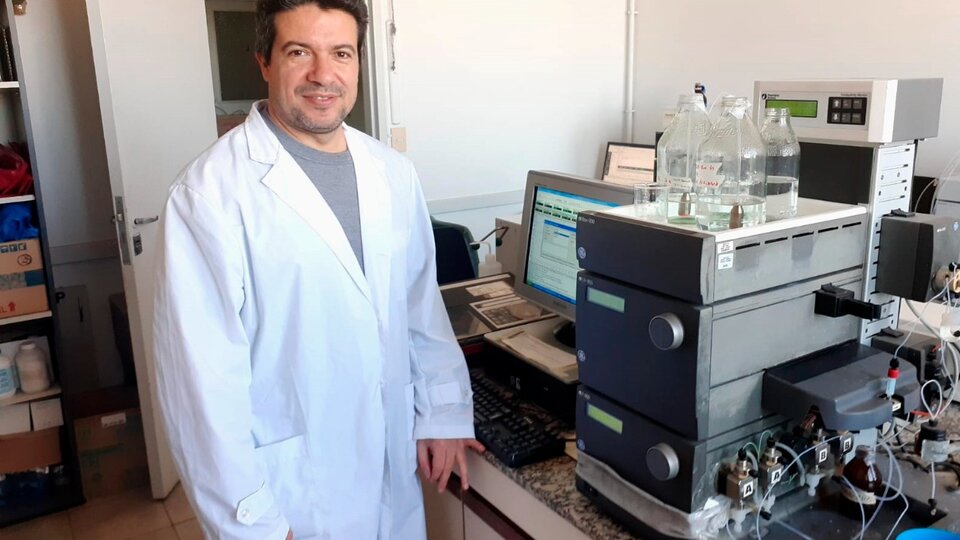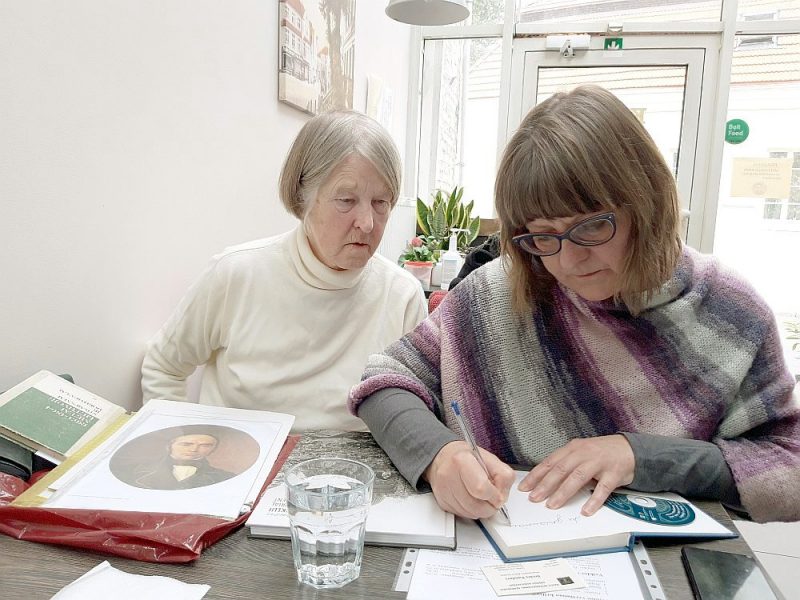Researchers from Argentina and Germany discovered that the spike protein of the coronavirus has sites that change spontaneously over time (molecular aging), which could be key in understanding the ability to evade the immune response of the virus against vaccines and treatments.
“We refer to molecular aging when we talk about the molecular reaction by which a protein changes its sequence identity as a function of time through a process that depends on itself and is spontaneous, in that sense aging is thought,” he indicated to Télam the researcher of Conicet Leonardo Alonso.
Alonso – leader of the advance and researcher at the Institute of Nanobiotechnology (Nanobiotec), which depends on Conicet and the UBA – explained that what they discovered “is that in the Spike protein (the one that covers the virus and gives it that crown shape) are produced spontaneous changes, particularly near the area where it interacts with the ACE2 cell receptor (where it enters the cells of the body), and that these modifications occur in the span of days“.
Specifically, the researchers identified that the fragment of the Spike protein that makes direct contact with the ACE2 receptor is particularly enriched in sites that contain the amino acid asparagine and that are altered by a spontaneous chemical modification called “deamidation.”
“This reaction (deamidation) occurs over hours to days and changes Spike’s ability to bind to the receptor,” he said.
In addition, they detected that “the ambient temperature greatly affects the speed of these aging reactions, accelerating them the higher the degrees”.
“The deamidation reaction adversely affects the quality attributes of any vaccine or treatment; this means that an antigenic escape could occur (evade the immune response generated in the body by the vaccine or the effect of a treatment) “, he described.
In this context, although they did not test it in the laboratory, the researchers hypothesize that this molecular aging “would not be associated with a loss of functionality (infectivity) but rather that it would be events that would produce antigenic escapes,” he added.
“It could also be associated with the development of the interaction with a second receptor of cells of the organism due to the gain of function that is generated from the modification, but none of this was tested in the laboratory, they are lines of research that can be deployed “said Alonso.
The results of the work were published in the journal “Journal of Biological Chemistry” (https://www.jbc.org/article/S0021-9258(21)00977-7/fulltext).
“In the last year and a half, we have all witnessed how the new coronavirus Sars-CoV-2 gave rise to new variants with greater infectivity, which spread rapidly throughout the world, aggravating the pandemic, “said Sebastián Klinke, also an author of the study and a Conicet researcher at the Leloir Institute.
Klinke said the new evolutionary mechanism of “molecular aging” described in Saes-CoV-2, different from mutations caused by genetic duplication, “could have key implications in understanding viral infection and vaccine development“.
Another co-author of the study, Argentine biophysicist María García Alai, from the European Molecular Biology Laboratory (EMBL) in Hamburg, Germany, pointed out that the work is “an example of how aging in a mature protein can bring about functional changes with consequences in the evolution of the virus, its infectivity and possible escapes of the immune system “.
Ramiro Lorenzo, first author of the work and researcher at the Tandil Veterinary Research Center (Civetan) also participated in the advance; Lucas Defelipe, Stephan Niebling, Tânia Custódio, Jennifer Schwarz, Kim Remans and Christian Löw, from EMBL; Ignacio Sánchez, Lucio Aliperti and Patricio Craig, from Conicet and the Institute of Biological Chemistry of the Faculty of Exact and Natural Sciences (Iquibicen), which depends on the Faculty of Exact and Natural Sciences of the UBA; and Lisandro Otero, from Conicet and the Leloir Institute.
– .


